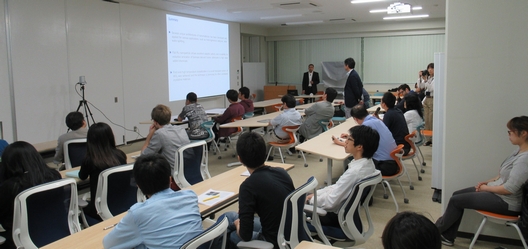
Report on the 1st WRHI Lecture (7th June, 2017)
Event Reports
Report on the 1st WRHI Lecture (7th June, 2017)
The 1st WRHI lecture was held on June 7 in an open communication space newly opened on the 1st floor of the R2 building. This lecture is that a top-level researcher who invited from abroad by the WRHI program is talking about his research and discussing with the audience at the meeting place. About 30 people attended this time, the meeting place was nearly full. The lecture was advanced by Professor Masaki Azuma of the chairman, and three speakers lectured.
 Meeting place scenery(left)
Meeting place scenery(left)
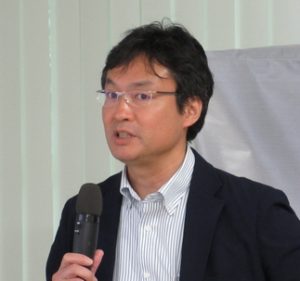 and Professor Azuma of the chairman(right)
and Professor Azuma of the chairman(right)
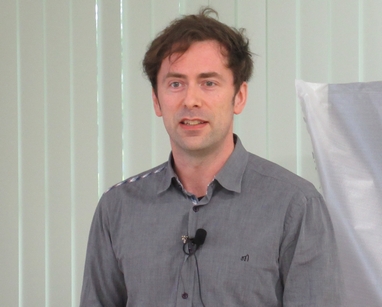 Dr.Petter Holme
Dr.Petter Holme
The first lecture is “Temporal networks of human interaction” by Dr. Petter Holme. This temporal network is a combination of two nodes with the concept of time. In particular, it is suitable for explaining the spread of infectious diseases. In recent years, with the background that network data including time information is available, we focus on research to establish its data analysis theory and position the latest network theory respectively. Dr. Holme’s research is expected to be applied to dynamic behavior and events that can not be solved by traditional static networking methods.
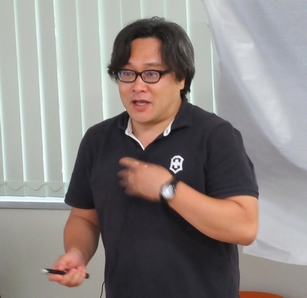 Dr.Norimasa Nishiyama
Dr.Norimasa Nishiyama
Subsequently, Dr. Norimasa Nishiyama gave a lecture on “Very tough hardest oxide and transparent third hardest material”. There are two materials treated here, both common silicon dioxide (SiO2) and silicon nitride (Si3N4). He applied high pressure to these and studied how their properties change. In SiO2, he realized the same hardness characteristic as what is called stashovite which is the SiO2 structure of the underground mantle layer. In addition, Si3N4changed to a spinel structure, realizing the third hardness next to diamond, cubic boron nitride (cBN), and high transparency. It seems that such a characteristic conversion method of substance by high pressure contributes to the development of new useful material.
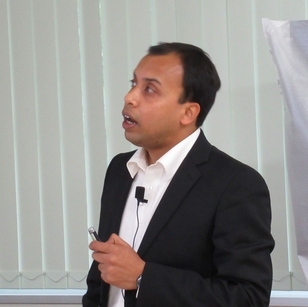 Dr.Chandra Debraj
Dr.Chandra Debraj
The last lecture is “Smart architectures of nanomaterials as heterogeneous catalytic system for versatile applications” by Dr. Chandra Debraj. He introduced topics in recent catalyst research. Several unique structures have been developed in the field of nanomaterials and are applied to various applications such as heterogeneous catalysis, solar water splitting. In the biomass conversion field, it was found that a metal catalyst of flat Ru nanoparticles show excellent catalytic performance for reductive amination of furanic aldehydes to enable the production of highly value-added chemicals. Furthermore, for tungsten oxide (WO3) based photocatalyst, high temperature crystallization is achieved for the first time even in a small mesopore system, and this technique is drawing attention as a possibility of forming other unattained crystalline materials. For catalysts, various applications are expected in many fields from now on.
This is the first time for WRHI lecture. The leading research results have been demonstrated in a relaxed atmosphere in a short time in open communication space in campus. The next time is July 12 in the same place. Come and join us!
